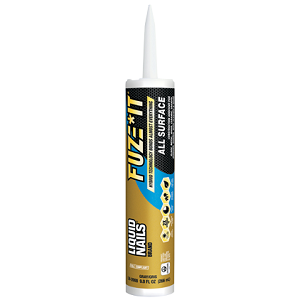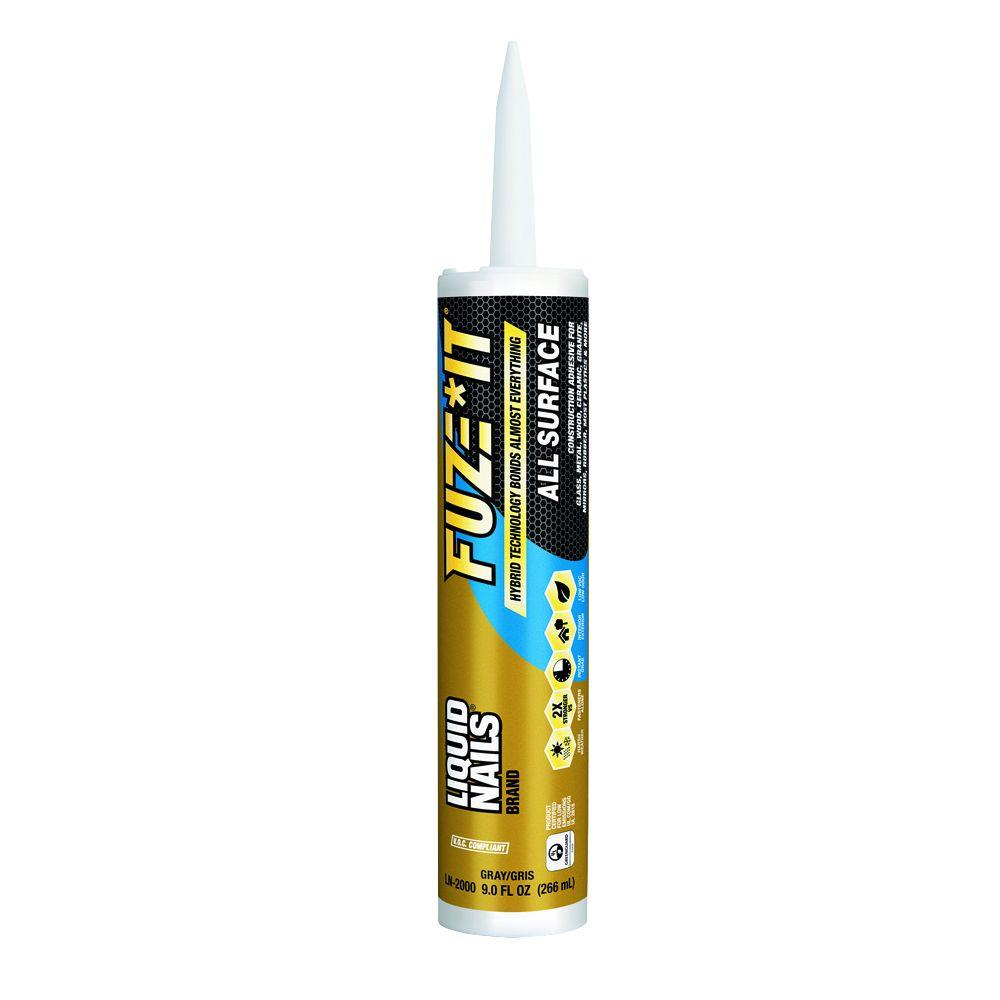
What I do whenever I use Liquid Nails on plastic is take some hard grit sandpaper and scuff up the surfaces really good. This is why I recommend scuffing up the surface of any plastics you use Liquid Nails on. It’s recommended that at least one of the bonding surfaces be porous if possible. Non-porous surfaces like plastics, can slow Liquid Nails drying or curing time from 24 hours to several days, or even weeks. How Long Does Liquid Nails Take To Dry On Plastic? I also found some plastic products that used them to build camping equipment like tents and backpacks and some tools. The most common products these two chemicals are used to make are in the medical medical and automotive industries. But both Polypropylene and Polyethylene are chemicals that prevent Liquid Nails from drying and bonding to the plastic. When they dry they also cure and become strong. Glues and adhesives, like Liquid Nails, are applied when wet and then dry. This due to a scientific term called low surface energy. Liquid Nails doesn’t work on plastic materials made from polypropylene or polyethylene or both. Liquid Nails Doesn’t Work On Polypropylene (PP) or Polyethylene (PE) Plastic This is a big benefit when you’re working outdoors.

It’s also designed to be weatherproof and more durable in hot and freezing temperatures. It works on glass, ceramic, and plastic which are all non-porous smooth surfaces. But the Liquid Nails Polyurethane Construction Adhesive is specifically made for plastic. There are many Liquid Nails products that work well on any type of plastic. Using more product will take longer to dry and doesn’t necessarily mean it will work better.
#LIQUID NAILS FUZE IT FULL#
But curing to full strength may take another 7 days. When you apply Liquid Nails to plastic surfaces and press them together, you may have to wait a full 24 hours for the adhesive to dry.

Even though it may appear dry on the surface, Liquid Nails can takes days and in some cases weeks to fully cure and reach maximum strength. So it takes time for the adhesive to dry and cure. Liquid Nails dries slowly on plastic because it’s a non-porous material that’s no breathable. These types of plastic are rare and generally not used in construction or household materials you’ll probably be gluing. It does not work on plastics called Polypropylene and Polyethylene. Liquid Nails works on nearly every type of plastic. Liquid Nails Works On Almost All Plastics Make sure the Liquid Nails you buy specifically states that it works on plastic or it won’t bond very well. When choosing the right type of Liquid Nails to use on plastic, it’s important to consider the application and the level of bonding strength you need. Water-based Liquid Nails are less toxic and flammable, but they have a weaker bond. Solvent-based Liquid Nails have a stronger bond than water-based liquid nails. I use Liquid Nails on just about every job site I work on and at home to make plastic architectural scale models. It’s generally much more versatile than a polyurethane adhesive, has high strength, dries relatively fast and is easy to use. It’s known for its strength and durability and can be used for a variety of applications. Liquid Nails is a brand of adhesive that comes in a variety of forms for use on different materials like plastic, metal concrete, wood, fabric, foam, etc. What Is Liquid Nails & What Are It’s Uses

In this blog post, we will discuss the pros and cons of using liquid nails on plastic along with some tips for getting the best results. Liquid Nails has a hard time sticking to very smooth non-porous surfaces. The two most important things to remember when using Liquid Nails on plastic are:

It’s easier for Liquid Nails to bond with a rough surface. To make Liquid Nails bond even better, scuff the surface of both materials before you apply the adhesive. And the glue is silicone based so it’s waterproof when dry. For small projects, Liquid Nails All Purpose Clear Adhesive works great on plastic. You can buy it in either a 9 oz tube which is applied using a standard size caulk gun or in small 2.5 ounce squeezable tube. The hold is very strong and it dries fast. I use Heavy Duty Liquid Nails model LN-950 or their line of Fuze It and Extreme adhesives. Some of their products are for things like particle board or sub-floors and not designed for use on plastics. Make sure and use a Liquid Nails product that says for use on plastic. Ideal conditions include: surfaces must be clean, dry, and dust-free, and the application temperature must be between 40–100° F (5–38° C). Liquid Nails works on almost all types of plastic as long as conditions are right and you use the right type of Liquid Nails. Will Liquid Nails work on plastic? The answer is Yes. It can be used to bond a wide variety of materials. Liquid nails is a fantastic adhesive with high strength and durability.


 0 kommentar(er)
0 kommentar(er)
